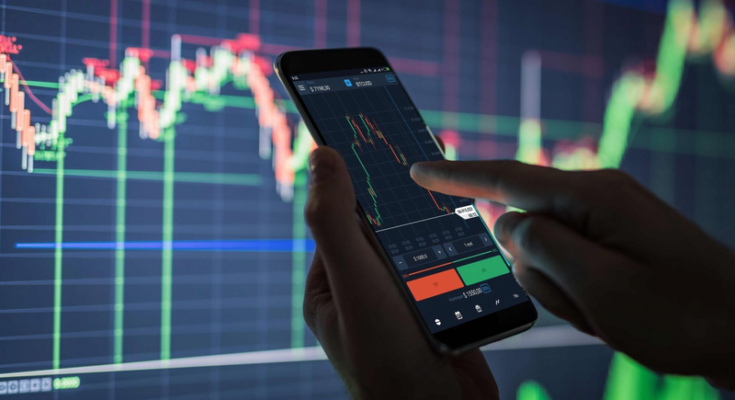Supply chains disrupt by high inflation. Therefore, organizations must immediately take action to adapt to the new reality.
Let’s start to talk about the economy’s inflation; what is inflation, and how does this happen?
The economy’s rate of price increases is gauged by inflation. Supply chain inflation can knock on prices by driving up supply chain expenses, which drives inflation and fees.
Inflationary pressure is a result of rising manufacturing costs, including labor, raw materials, energy, and transportation.
Inflation can cause a significant loss in consumer or corporate purchasing power. In most cases, procurement managers act quickly to place orders, try to secure supply, and increase inventories in response to rising inflation. This rise in demand could worsen inflation when considered a whole for the entire economy.
Increases in the cost of production are a second possible cause of inflation. For example, a company might increase consumer prices if the cost of the raw materials used to manufacture a good or service increases (think of the lumber needed to build a house or the electricity required to run a factory). Economists refer to this as “cost drive inflation.”
The famous law of supply and demand provides the foundation for market clearing. Consumer demand decreases as a good’s price rises, and more supply enters the market. If the price is excessively high, there will be an excess product since there will be more supply than demand. On the other hand, as a good’s price decreases, consumer demand increases, and supply decreases.
If the price is too low, supply will be allocated since demand will outstrip supply and some customers.
Demand versus supply: Price adjustment during the Covid-19 pandemic
After a decade of modest price increases, concerns about inflation have returned the value of services and goods has increased this year.
The Covid-19 pandemic is causing economic disruption in countries worldwide, and authorities are looking for effective stabilization measures.
However, we still anticipate a slight increase in measured inflation over the coming months, mainly due to three short-term factors: base effects, supply chain disruptions, and pent-up demand, particularly for services. As the economy recovers from the pandemic, these three factors will likely be temporary, and their effects will gradually diminish.
OVERVIEW
A resurgence in demand following the removal of pandemic restrictions, particularly in the services sector, has also contributed to the high inflation rates.
Because of the COVID-19 epidemic, there has been an unusually long recession, and we do not anticipate a typical rebound. While containing the virus, achieving full employment, and making the required investments for a more robust and inclusive recovery are policy priorities, future economic risks and uncertainties necessitate careful consideration. Inflation is one concern that the administration keeps a cautious eye on.
On another aspect, I will discuss and focus on imports and exports and how they can affect the country’s economic growth or downturns.




